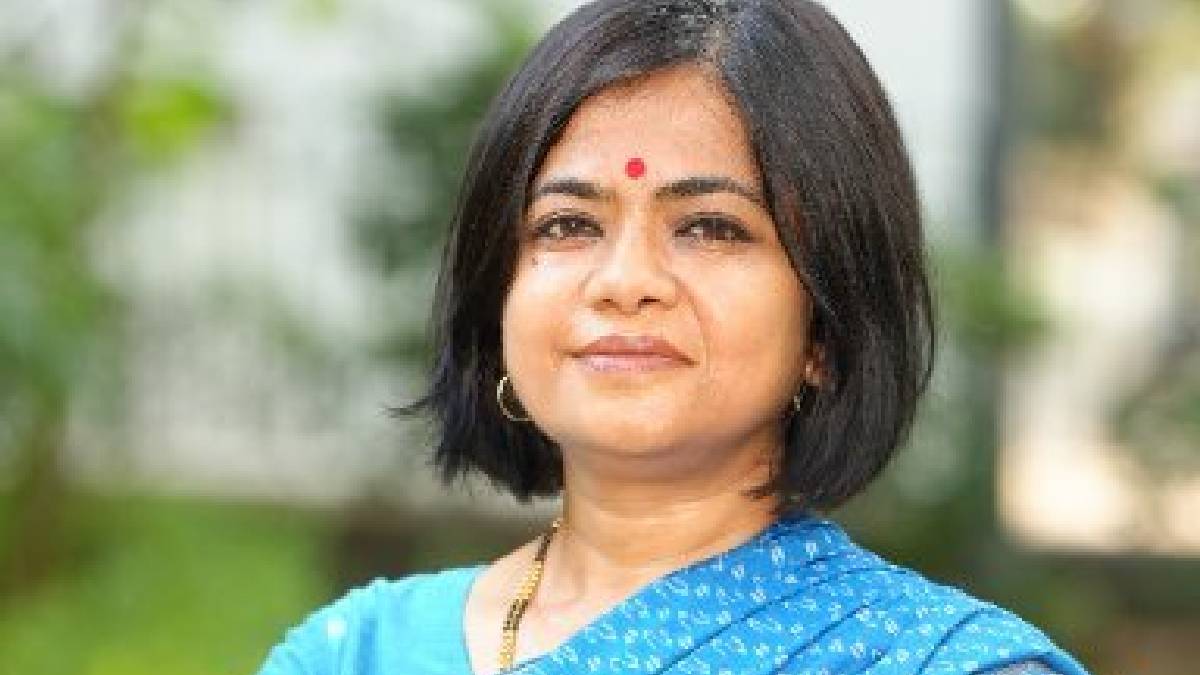A Viksit Bharat (Developed India) cannot be achieved without the full emancipation and participation of women. If we truly aim for a progressive, inclusive democracy, then delaying women’s political reservations is not an option. As we commemorate International Women’s Day, it is time to demand not just symbolic victories but real, structural changes that enable women to take their rightful place in governance. The future cannot wait—neither should Indian women.
Why Should Women Wait Until 2034?
It is crucial to reflect on the slow and often frustrating journey of women’s political participation in the country. The passage of the Nari Shakti Vandan Adhiniyam (Women’s Reservation Bill) in 2023 was heralded as a historic step forward. However, a closer examination reveals significant shortcomings—most notably, the prolonged delay in its implementation.
The Case for Immediate Political Reservations
Women’s participation in governance is not just about representation; it is about inclusive decision-making, better policy outcomes, and stronger democracies. With only 15% representation in the Lok Sabha and around 10% in state legislatures, India ranks far behind many other countries in terms of gender-balanced leadership. Studies have shown that when women are in power, they prioritize healthcare, education, and social welfare, leading to more equitable policies.
However, despite repeated demands, the 33% reservation for women in Parliament and state assemblies has been designed in a way that delays its immediate implementation. The bill ties reservations to the completion of a delimitation exercise based on a new Census, which is yet to be conducted. Given India’s bureaucratic and political delays, this means that women will likely not benefit from reservations until at least 2034 —a staggering ten years from now.
Successes of Women’s Reservations at Local Levels
While national-level representation remains dismally low, the success of women’s reservations at the Panchayat and Municipal levels highlights the transformative impact of inclusive governance. The 73rd and 74th Constitutional Amendments mandated 33% reservations for women in local bodies, leading to a significant increase in women’s participation in grassroots governance.
Today, over 1.4 million women serve as elected representatives in Panchayati Raj Institutions, making India home to one of the world’s largest contingents of women in local governance. Women sarpanches and municipal leaders have spearheaded policies on sanitation, education, water conservation, and women’s safety, demonstrating that their presence leads to tangible improvements in governance.
Given this success, it is evident that reservations work.
Lessons from Constituent Assembly Debates
The need for women’s political representation was discussed even during the Constituent Assembly Debates. While some members argued that women’s empowerment should happen organically, several leaders recognized the structural barriers that prevented women from participating in politics. Hansa Mehta, a staunch advocate for women’s rights, argued that without affirmative action, women would continue to be marginalized in governance. Similarly, Renuka Ray highlighted the deep-seated socio-cultural biases that kept women out of political spaces and called for proactive measures to ensure their participation.
Dr. B.R. Ambedkar, the chief architect of the Indian Constitution, emphasized that democracy must be inclusive, and without equal representation for all sections of society, the system would remain flawed. These voices serve as a historical reminder that the debate around women’s representation is not new and that delaying reservations is a direct contradiction to the foundational principles of India’s democracy.
Learning from Rwanda: A Global Benchmark
India’s hesitancy stands in stark contrast to countries like Rwanda, where political will has ensured swift and effective implementation of gender quotas. Following the Rwandan genocide, the government prioritized women’s leadership, enacting constitutional and legal frameworks to ensure a minimum of 30% representation for women. Today, Rwanda boasts the highest proportion of women in parliament worldwide, with over 60% of its parliamentary seats occupied by women. Their presence has led to transformative policies in health, education, and economic development.
If Rwanda, a country that was devastated by war, could implement such policies effectively, why does India, the world’s largest democracy, continue to delay?
The Limitations of Nari Shakti Vandan Adhiniyam
While the Women’s Reservation Bill was celebrated as a landmark victory, it remains riddled with limitations:
- Delayed Implementation: The bill’s dependence on delimitation means that no immediate increase in women’s representation will take place.
- Exclusion of OBC Women: Unlike local body reservations, there is no provision for sub-categorization, which limits participation from marginalized women.
- Lack of Reservations in Rajya Sabha and State Legislative Councils: The bill only applies to the Lok Sabha and State Assemblies, leaving out the Upper House, which remains male-dominated.
Mere Tokenism Won’t Do
Women’s participation in politics cannot be symbolic—it must be meaningful and impactful. Mere tokenism in leadership will not drive social change; rather, a structural shift is needed. Women must have decision-making powers, financial independence, and institutional support to lead effectively. Additionally, simply increasing numerical representation without empowering women politically, socially, and economically will not suffice.
The Road Ahead
The question remains: Why should Indian women wait another decade? The immediate implementation of political reservations is not just a matter of gender justice but of democratic fairness. The government must fast-track the bill’s execution by delinking it from delimitation and Census processes, ensuring that more women’s reservations enter the political arena in the 2029 general elections, if not earlier.












